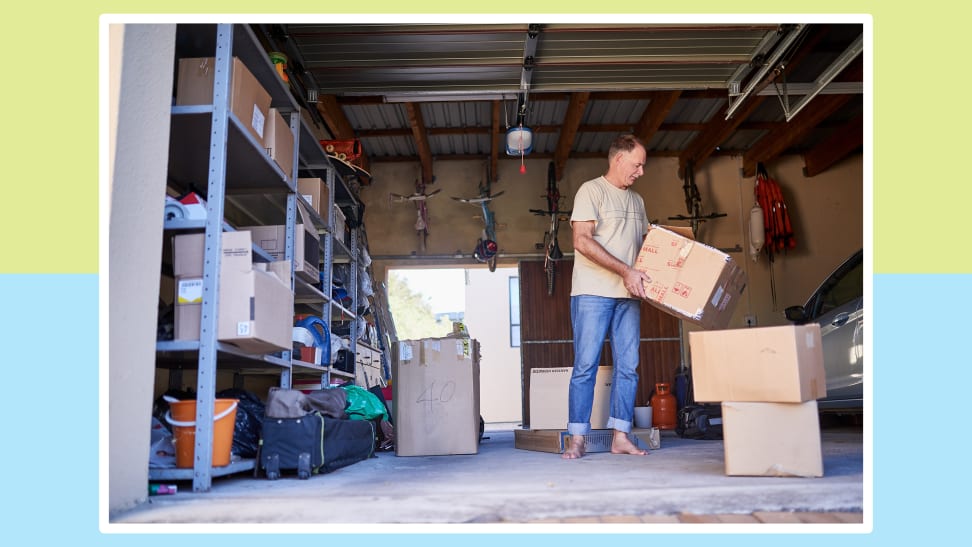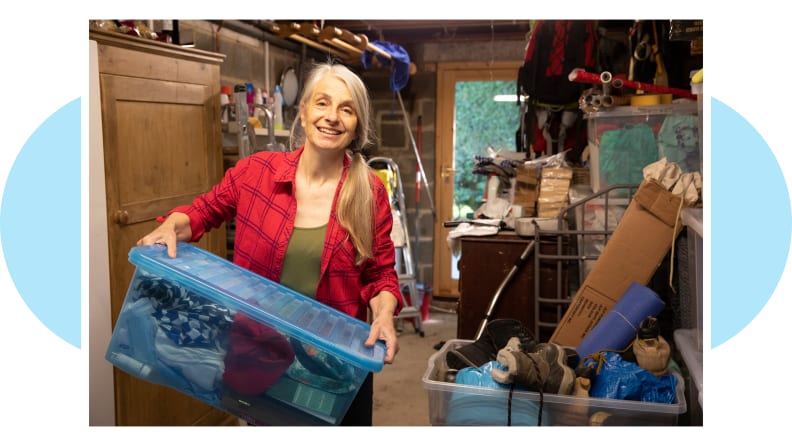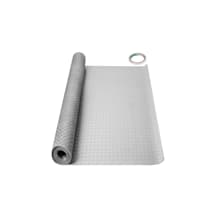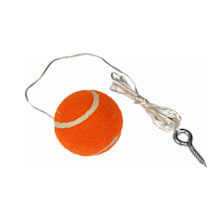How to organize the garage for seniors aging in place
The garage is full of hazards. These five tips make it safer.
 Credit:
Reviewed / Getty Images / PeopleImages
Credit:
Reviewed / Getty Images / PeopleImages
Recommendations are independently chosen by Reviewed's editors. Purchases made through the links below may earn us and our publishing partners a commission. Prices were accurate at the time this article was published but may change over time.
Falls are one of the main threats for seniors who want to age in place at home. And while the garage has myriad pitfalls and hinderances that restrict access in and out—a tangled web of rakes and hoses, dark corners, and cleaning supplies—this part of a house is often one of the most overlooked when it comes to organization, experts say.
These five expert tips will tell you how to organize the garage, especially when aging is a main factor.
1. When to organize a garage

Start optimizing the space around your home with a small audit of your items, followed by a deep clean.
Plan for two days of good weather, and at least one extra set of hands to take everything out of the garage and put it on the driveway to take inventory, says author Lynda Shrager, a registered occupational therapist with a master's degree in social work focusing on geriatric rehabilitation.
The certified aging in place specialist suggests that, once everything is out, it’s time to clean the surfaces that likely haven’t been touched in years. Shrager says to sweep the floors and wash the walls and floors while starting the driveway purge.
“Throw everything away that snuck in there and hasn’t been touched in years. Get rid of the greasy, dirty, rusty, broken items whose purpose has been forgotten,” she advises. Then sort the rest into four piles: keep, donate, sell, or dispose, Shrager says.
Town clerks and City Hall can provide more information about how and when to dispose of old chemicals and unused paints, she says.
2. Organize with the weather in mind

Not only is planning your organization solution perfect for remaining decluttered, but it also helps map out high-traffic areas in your garage.
While the garage is clear, it’s also a good time to draw a map of where everything will be put back, says Shrager. “If mom saves a box of toys for the grandchildren when they visit from across the country twice a year, those can go on a top shelf, labeled and out of the way,” she advises. “But the garbage and recycling bins should be placed near the door leading into the house, so they can be easily accessed on a regular basis.”
Candi Ruppert, a North Carolina-based certified professional organizer, says to also keep weather in mind. Finding a place to stash ice melt that’s readily accessible—or a place to put a strain-reducing shovel within arm’s reach—should be a top priority in colder climates. Non-slip mats are often useful, too, she says.

The Vevor Garage Floor Mat is perfect for those cold winter months when snow and ice can track back indoors and cause an unexpected fall.
$94 at The Home Depot3. Divide the garage into zones

The EZ-Access Entry Ramp comes in a variety of sizing options and is fairly easy to install.
Ruppert has two golden rules for a garage storage system. First, keep everything in zones. “In your yard work zone, you'd have all of your gardening tools, lawncare products, and yard work gloves. Keeping items stored in their zones makes it easy to find small items and even easier to put things away where they belong,” she says.
The other rule is to consider safety first, especially regarding floor space. “Being able to have clear and unobstructed exit paths to the outside is paramount,” advises Ruppert. “Make sure the clutter is removed and there is always a clear means of entrance and exit, including a functioning garage door opener. Having a ramp installed in the garage can make all the difference, especially if there were a fire.”

The EZ-Access Transitions Entry Ramp makes every walkway or raised entryway accessible to those who need it.
$125 at Amazon4. Make use of peg boards and shelving for storage space

This storage option is super-durable, and each rack can hold up to 200 pounds.
The experts also agree it’s easiest to reduce clutter when there’s a place for everything.
Shrager suggests wall-mounted pegboards and wire grids for creating vertical space to store grab-and-go items like lawn and garden tools as well as recreational gear.
As for shelving, Ruppert likes steel shelving paired with clear storage tubs with labels for what’s inside. “I recommend metal or steel shelving units for their durability and versatility,” she says. But avoid plastic storage solutions—while they’re inexpensive, they bend and collapse under the weight load of commonly stored garage items.”
Both Ruppert and Shrager recommend focusing on item placement, with easy access to more commonly used items. “Things that are frequently used should end up on a shelf that is between waist and eye level. This will preserve joints and lessen chances of an injury when reaching for an item,” says Shrager.

Instead of storing your seasonal items, like decorations and ornaments, on a high shelf or distant attic, try this heavy-duty storage option that's easy to reach.
$150 at Walmart5. Extra pro tips

The design of this parking guide is simple and uses a large, bright-colored object that's easy to spot.
It’s worth thinking outside the box when considering the purpose of common garage items, suggests Shrager—specifically, in the round.
“I use trash cans to store my collection of garden stakes, but this type of container is also great as an alternative to wall hooks for brooms, rakes, and anything else that needs to be stored upright,” she says.
Another pro tip—and an inexpensive one at that: Hanging a tennis ball from a rope in the garage ceiling helps mark the optimal parking position. “When the windshield taps the ball, seniors will know when to stop the car,” says Shrager.
Shrager believes one of the first aids seniors should invest in to reduce possible back strain is an automatic garage door opener. However, seniors should always keep a house key on hand in case the power is out as a safety net, she adds.

This Hanging Ball Parking Guide is a tried-and-true solution that's been known to work.
$7 at Amazon




